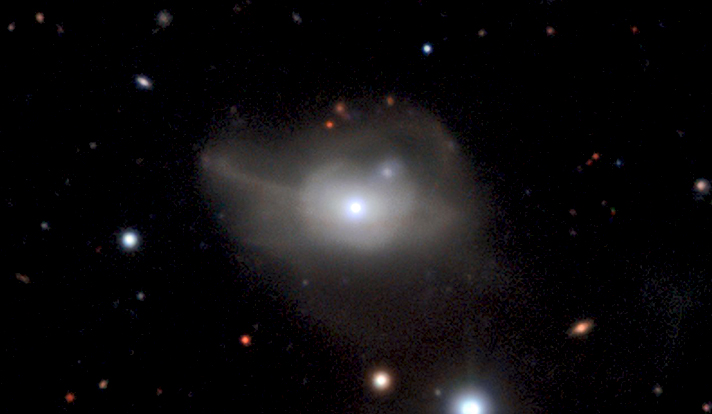Alterations in a Distant Quasar
Yale astronomers Grant Tremblay and Meredith Powell have successfully documented a quasar that has undergone a complete cycle of transitioning from dim to bright and back to dim again. Quasars are known for their incredibly bright cores, which are powered by supermassive black holes. The brightness of these cores is believed to be a result of the hot material that falls into the black hole, a process known as accretion.

According to Tremblay, thirty years ago, this particular supermassive black hole experienced a significant increase in brightness, transforming into a Type 1 quasar. However, this year, the astronomers made the groundbreaking discovery that the quasar has once again dimmed, making it the first object of its kind to undergo such a transformation.
The findings of two research studies on this object, known as galaxy Markarian 1018, will be published in the journal Astronomy & Astrophysics. The studies utilized data from the Close AGN Reference Survey (CARS), which is a collection of information from 40 nearby Active Galactic Nuclei. It is worth noting that Yale University is one of the founding member institutions of this survey.
This article is republished from PhysORG under a Creative Commons license. Read the original article.
Do not forget to share your opinion with us to provide you with the best posts !



0 Comments